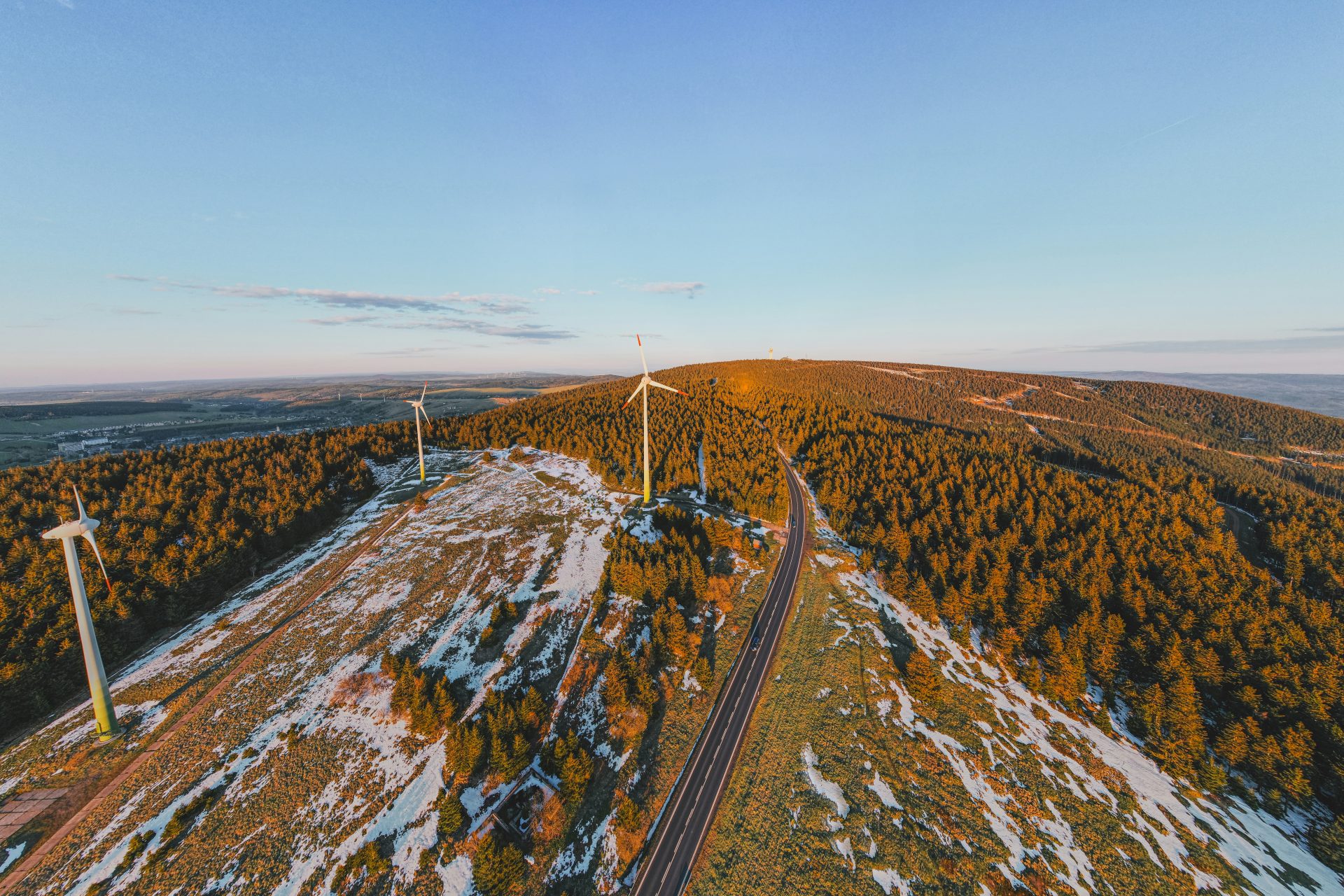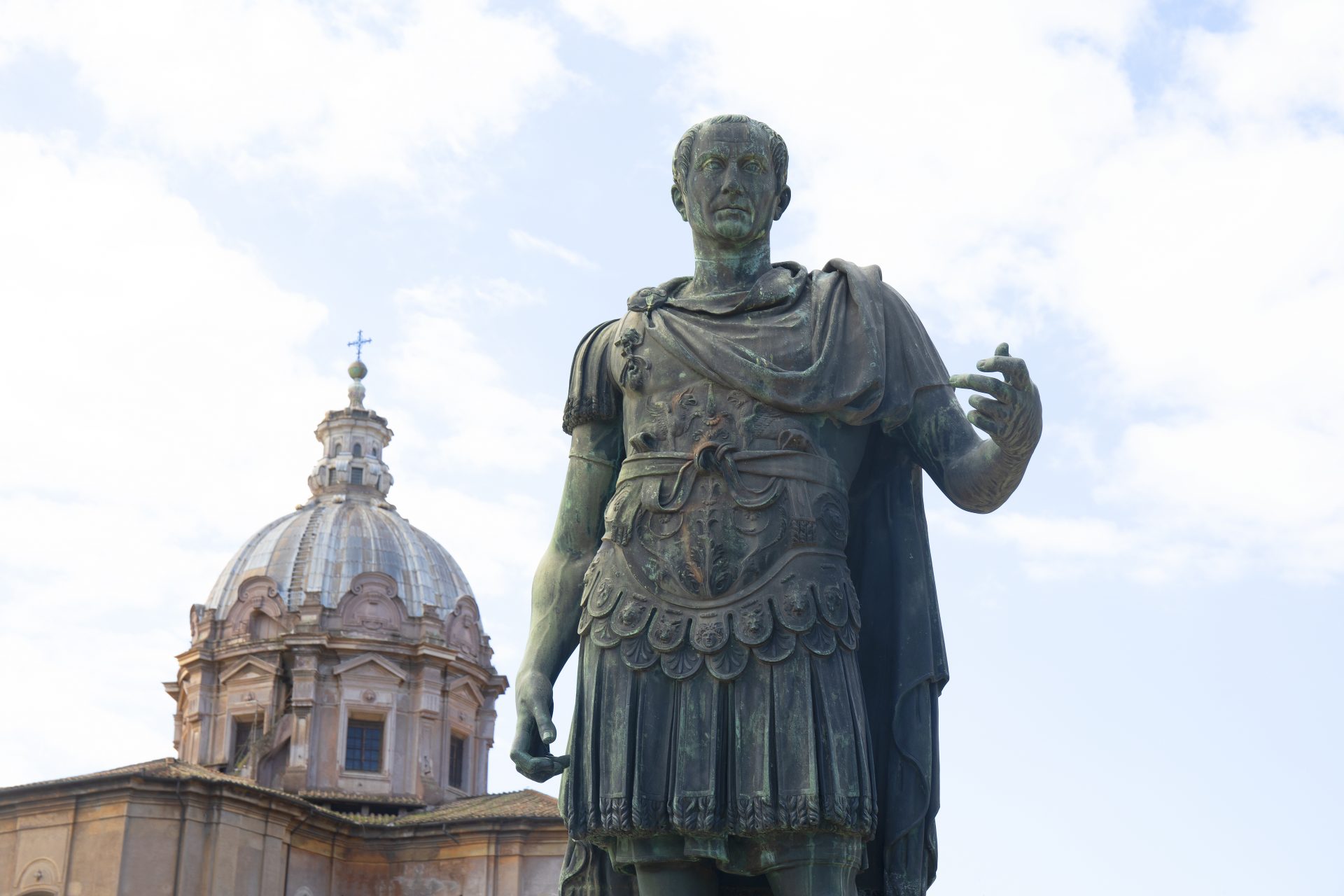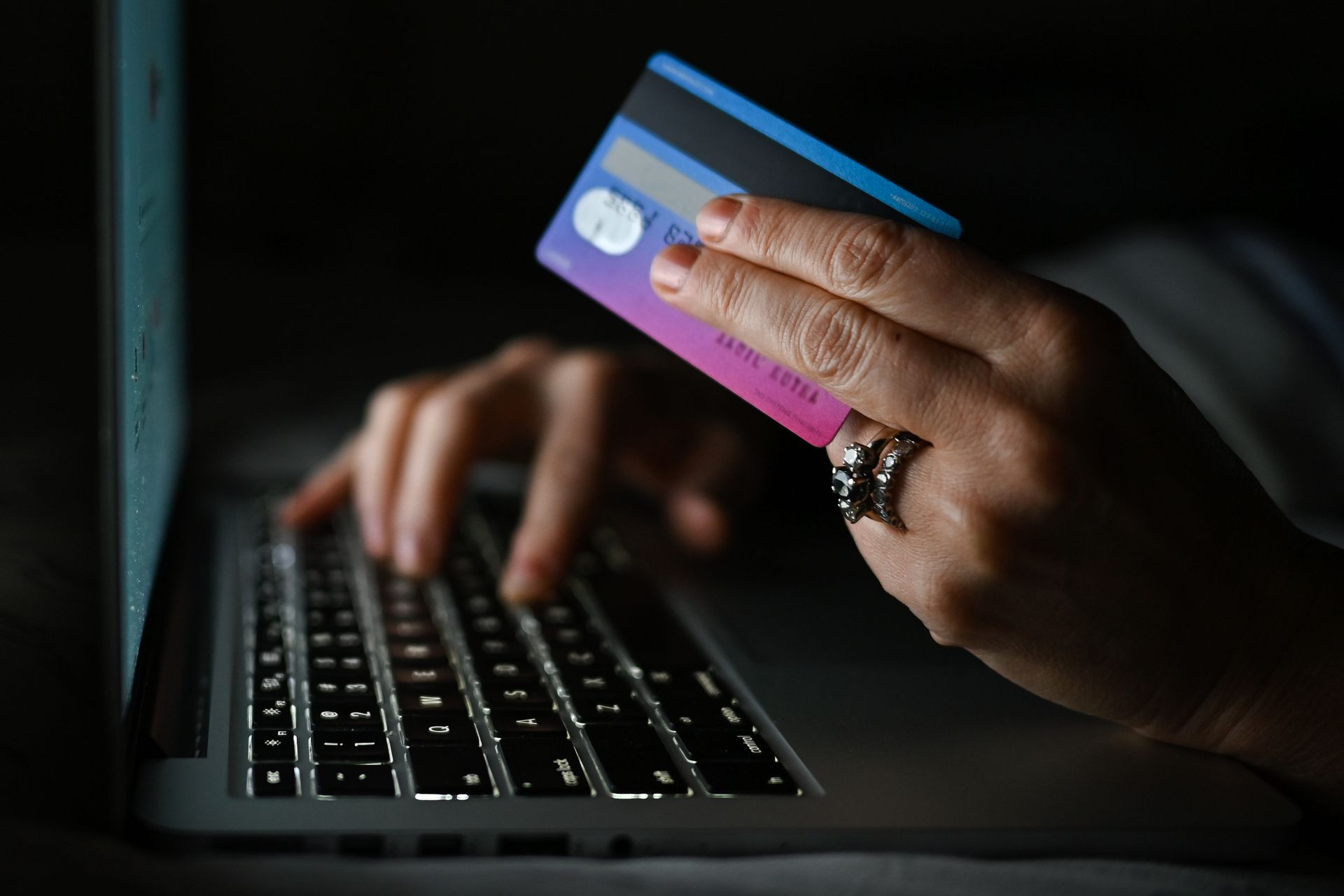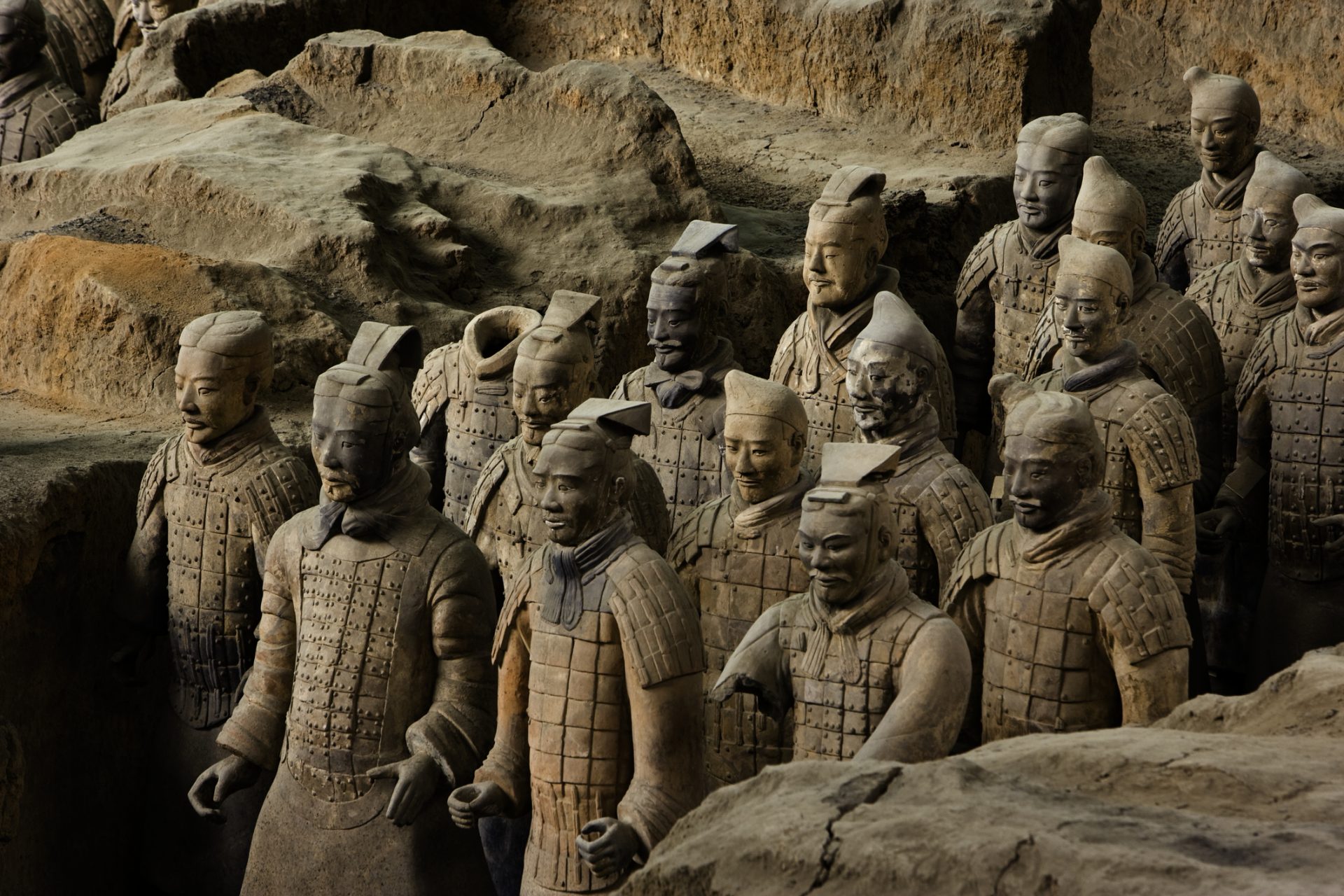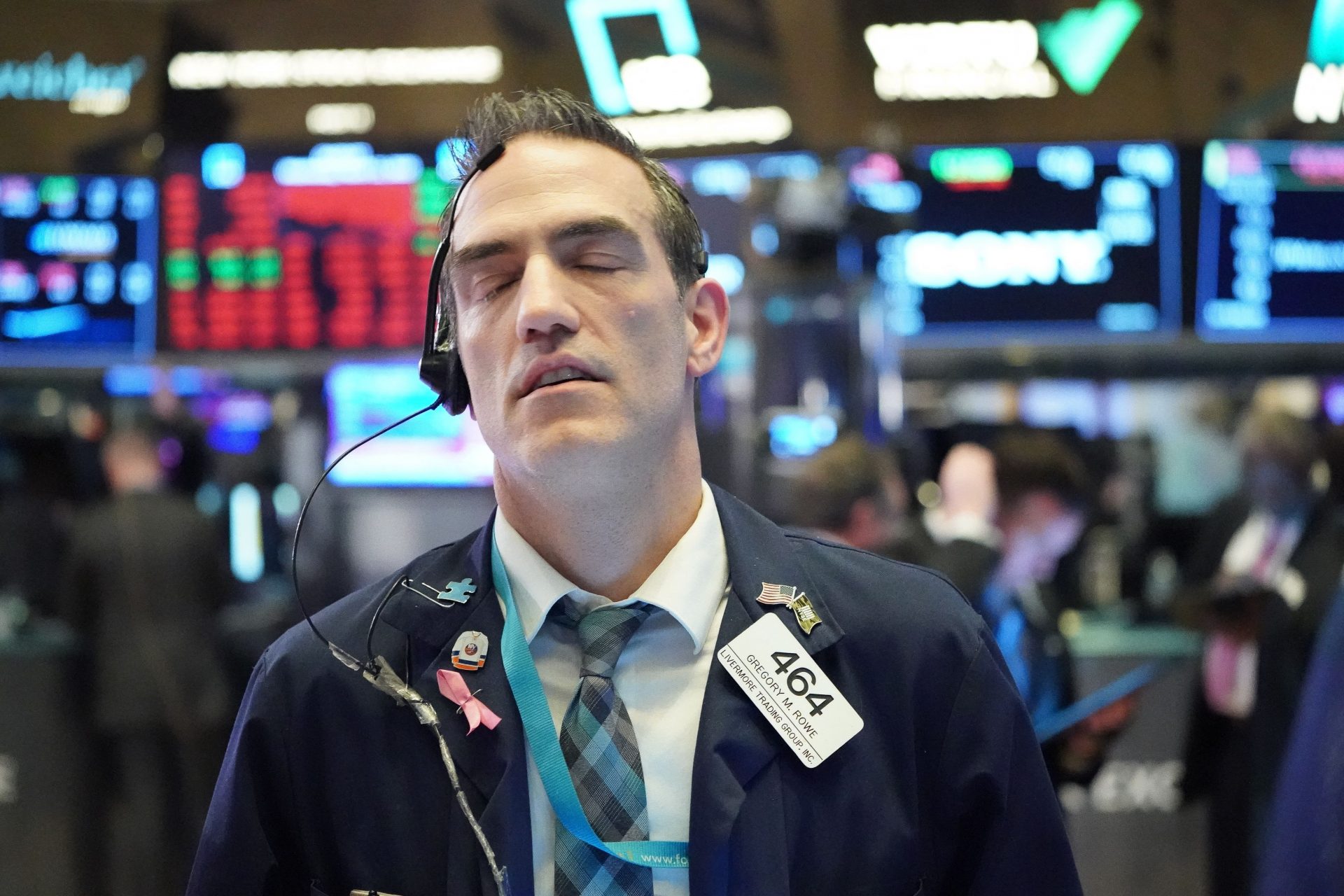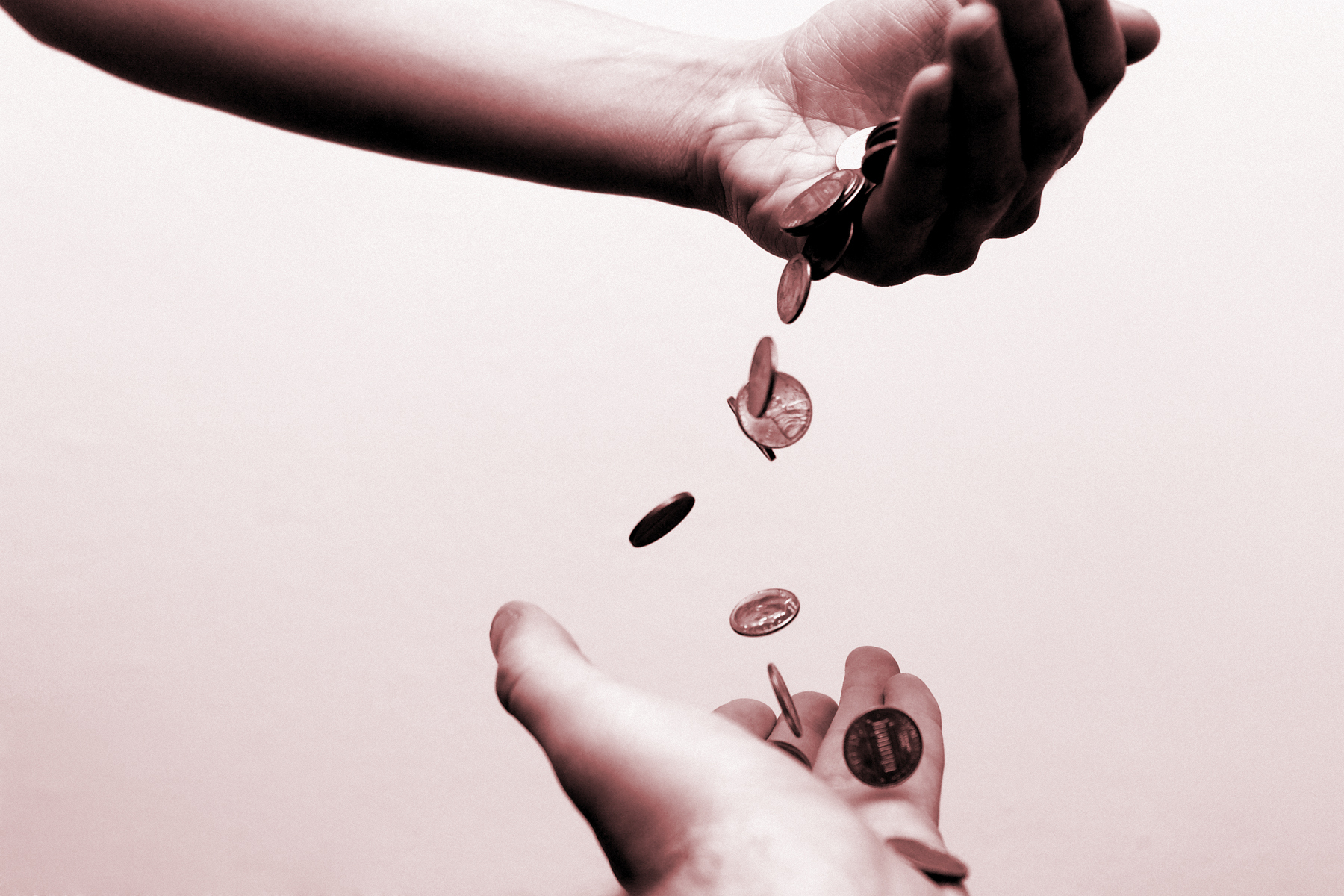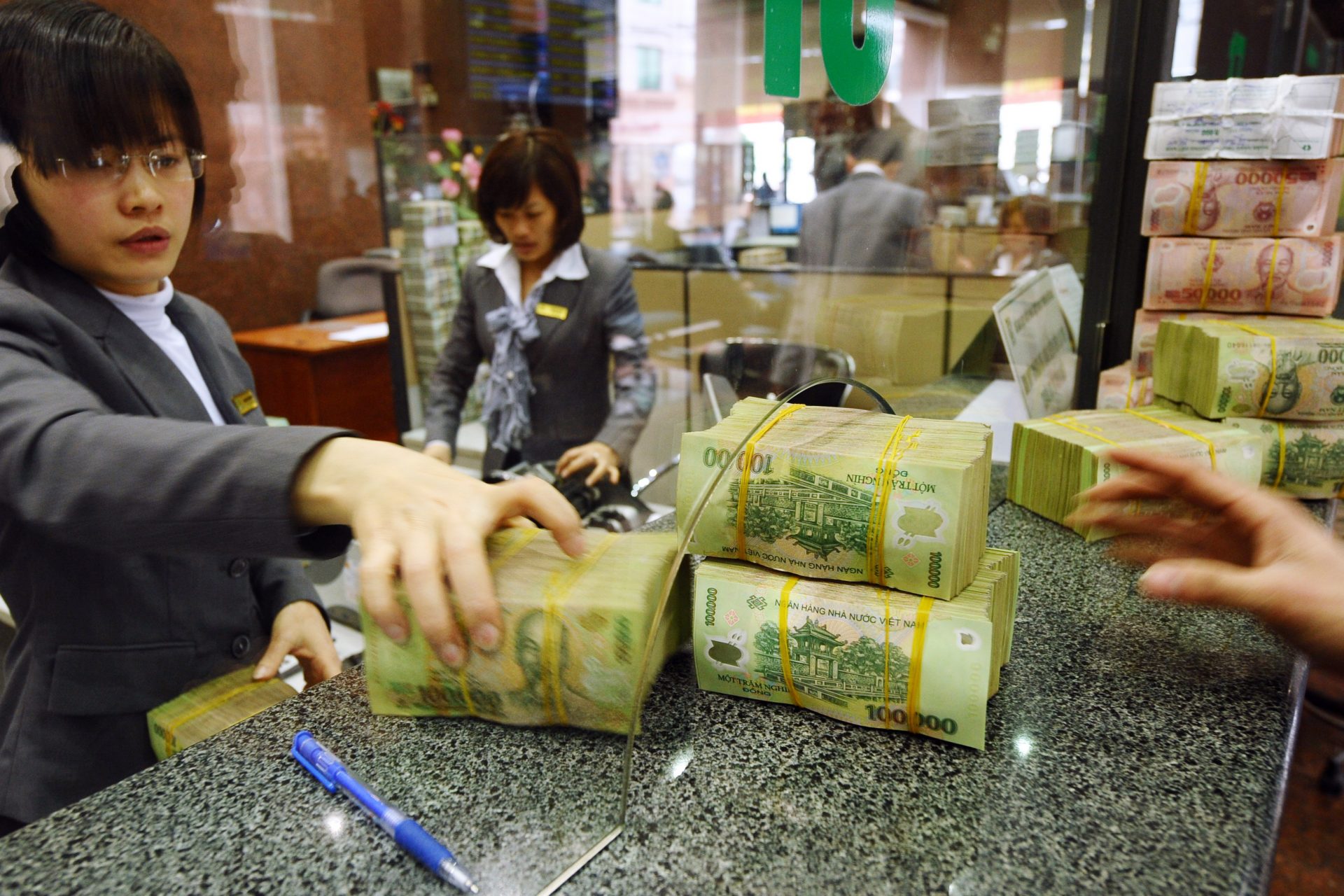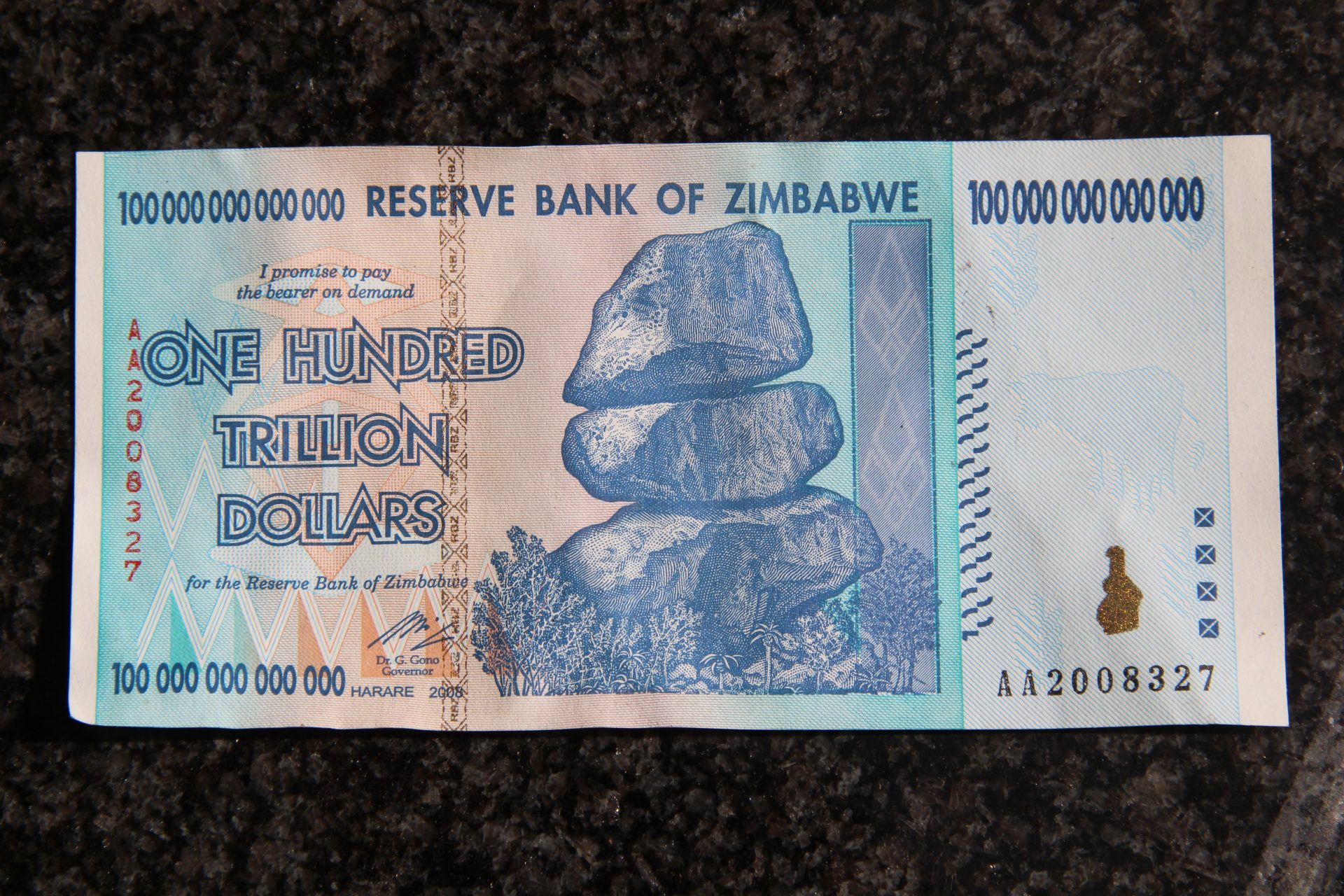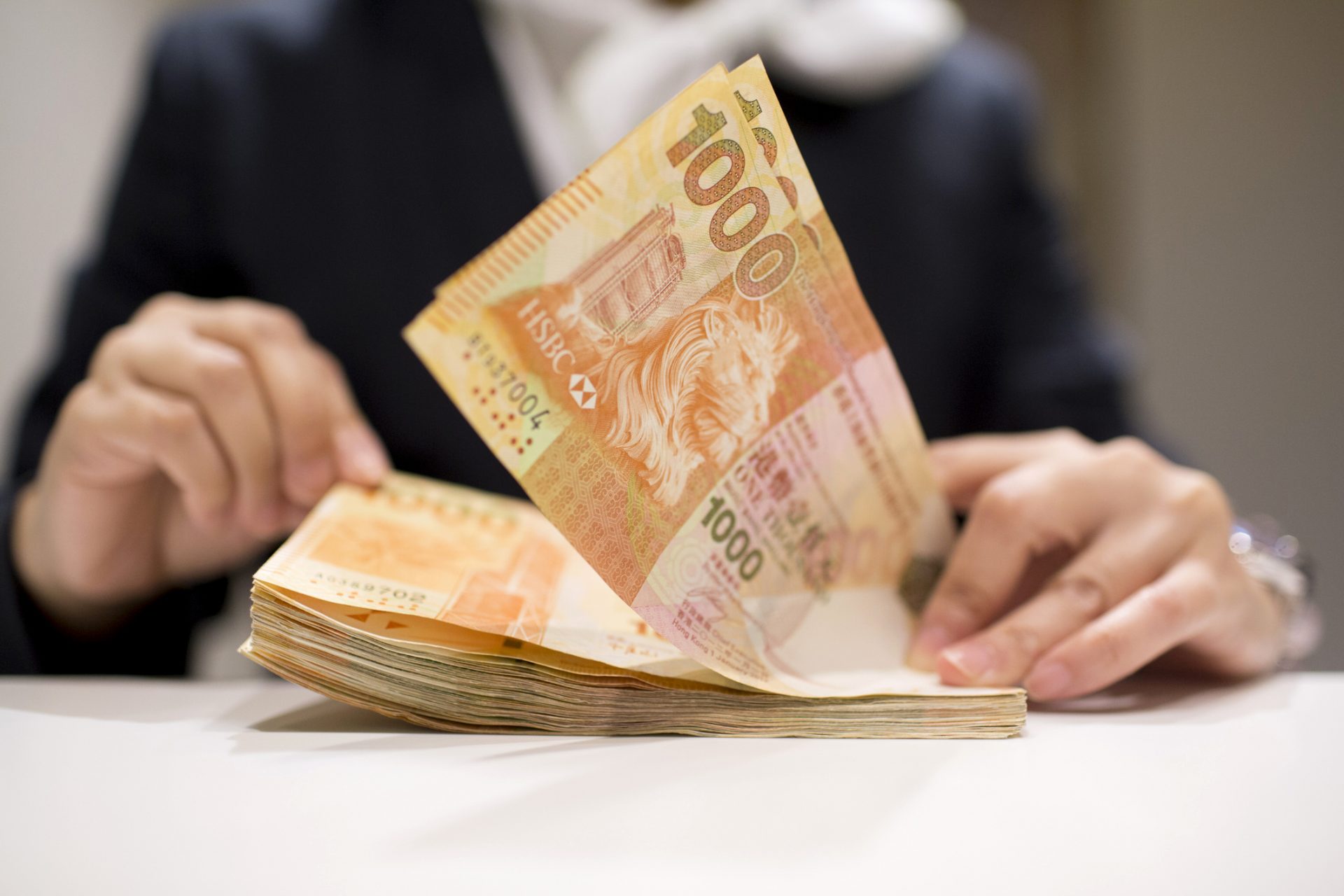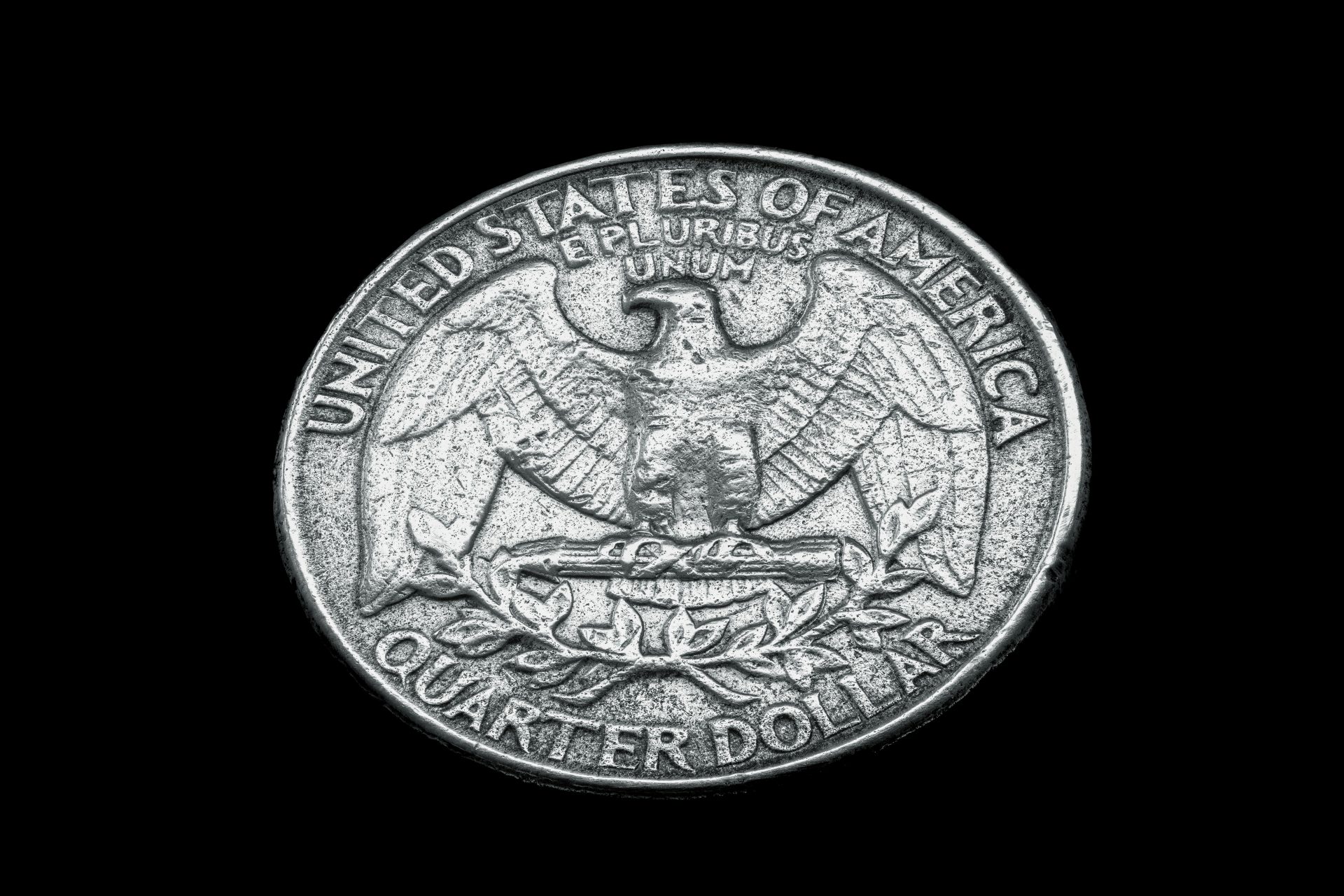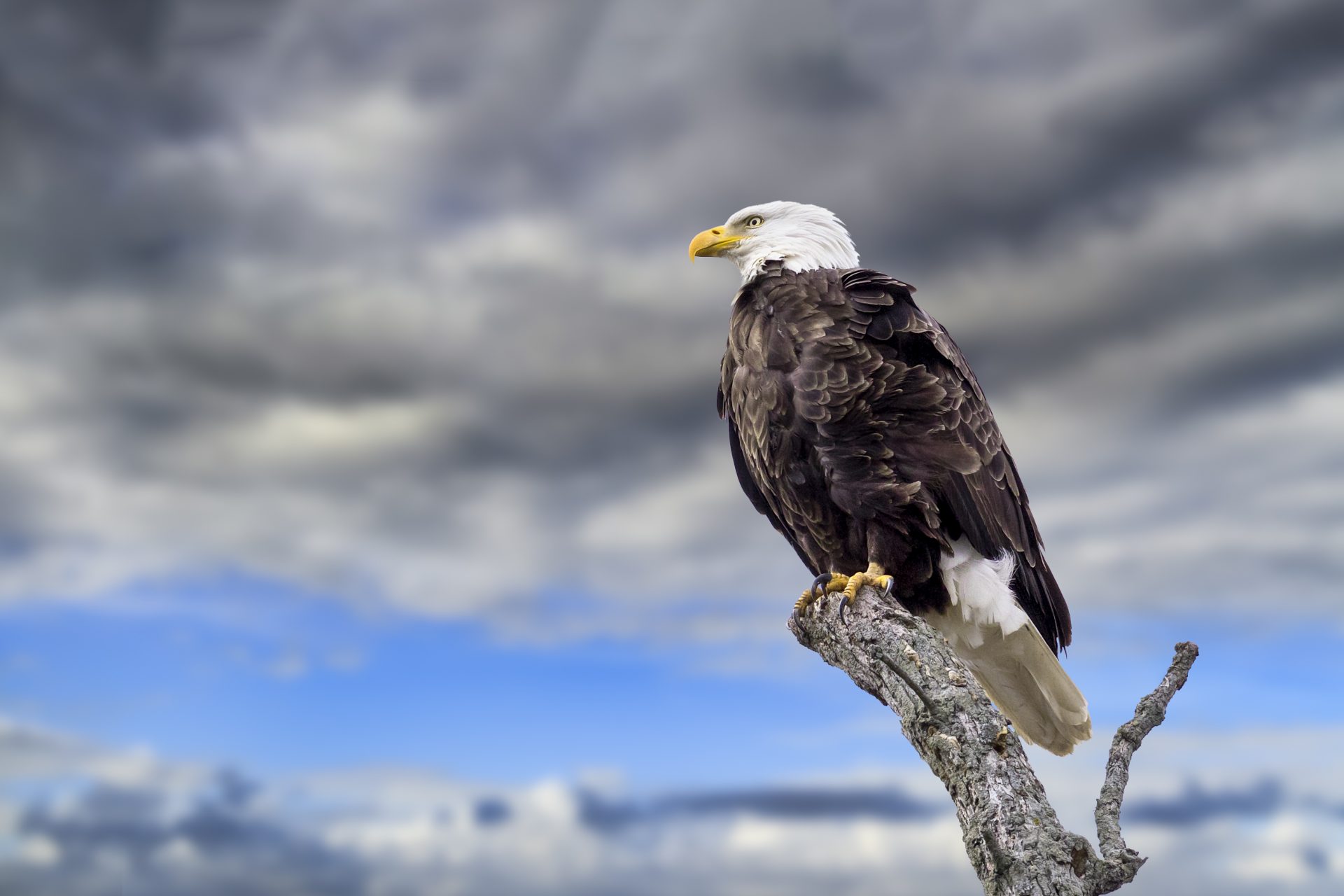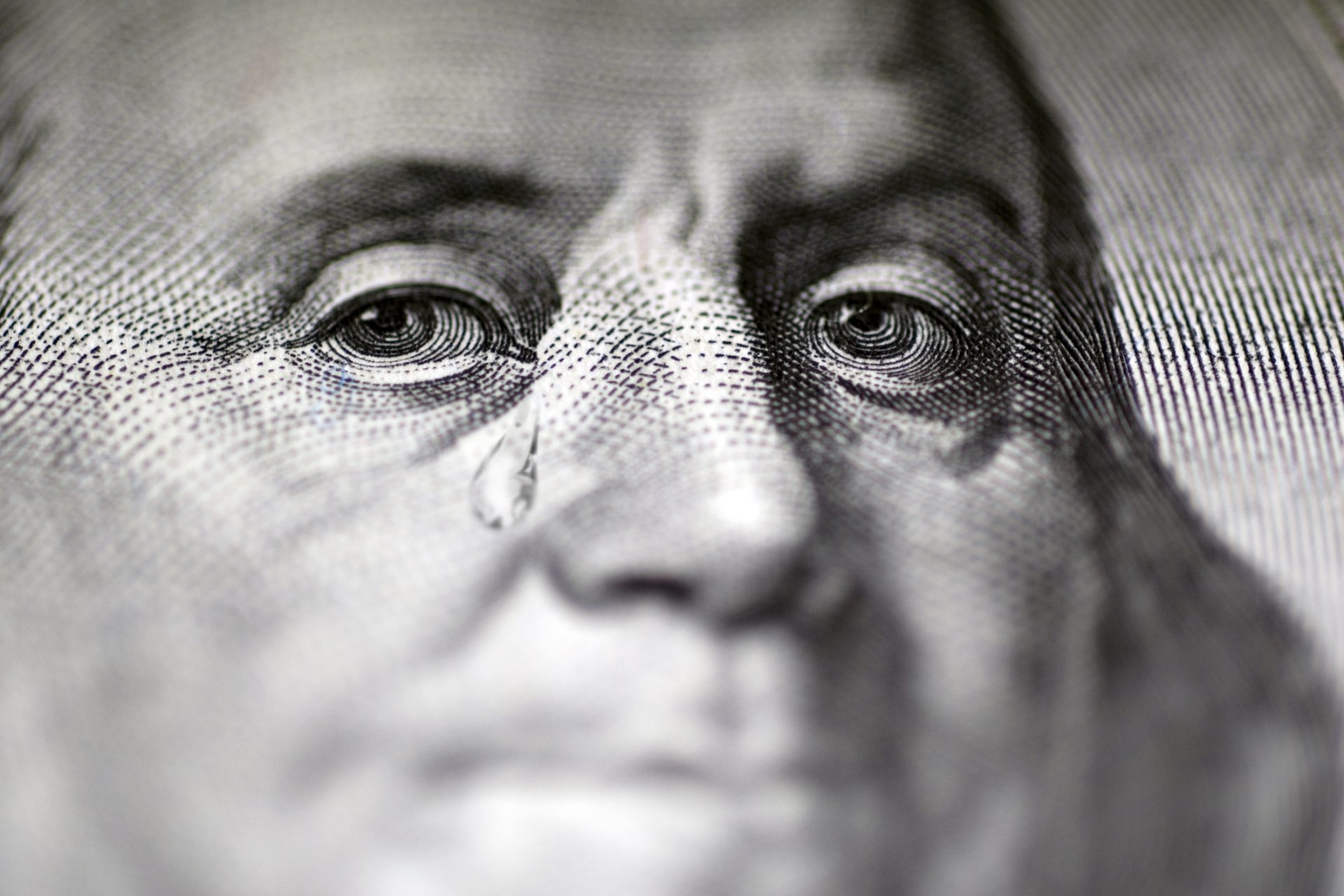10 amazing and strange facts about money that will shock you
What is money made of? What is the origin of the word “dollar”? There are many things you probably don't know about one of the most important aspects of everyday life. Let's take a look and hopefully be one day wiser, and one penny richer.
It’s no secret that the US dollar is the most recognizable banknote around the globe. Believe it or not, the first dollars actually came from modern-day Czech Republic.
Image: Sharon Mccutcheon / Unsplash
The thaler was a 16th century silver coin minted (and named after) in Joachimsthal, the valley in modern-day Czechia where the silver was mined. The thaler was widely used across the Holy Roman Empire and eventually reached Dutch merchants in New York, where the word mutated into “Dollar”.
Image: bourak26 / Unsplash
Speaking of strange monetary connections, you probably didn’t know the Turkish lira and the British pound sterling actually can trace their origin to the same source.
The Roman Empire, which at its height stretched from the Britain to modern-day Turkey, measured the mass by the “libra”, which is where the word “lira” comes from. A “libra” was equivalent to a “pound”, with the pound sterling originally denoting a literal pound of silver.
Nowadays, it’s common to go “paperless” and pay for everything with your card or an app on your phone. However, would you believe that paper money is actually older than the United States, the United Kingdom and the English language?
The first banknotes allegedly evolved from merchant receipts in Tang-dynasty China circa the 7th century. This makes paper money over one thousand years old!
However, what is true is that we can’t deny is that every day we use less cash and more cards. In fact, how many of the world’s money do you think physically exist?
Financial news website MarketWatch claims that physical banknotes and coins currently only make up around 8% of the world’s money, with the rest being essentially shiny numbers in computer screens.
If that fact blew your mind, now here’s a little brain-teaser: When is making more money actually making you poorer?
According to the US Mint, a single penny costs about 2,7 US cents to make, meaning that pennies are actually minted at a loss!
Inflation is a big problem for many national and international economies. Some countries, such as Venezuela or Weimar era Germany, have gone through hyperinflation, forcing to print banknotes with astounding numbers of zeroes.
In 2009, Zimbabwe printed the 100 trillion-dollar bill, the highest denomination for any banknote to date. The Wall Street Journal wrote at the time that this wouldn’t be enough for bus fares in the country’s capital of Harare.
Although we tend to think of cash as made out of paper, the truth is that most money is made out of a mix of fabrics. PBS writes that US dollars are printed on a special blend of cotton and linen.
However, in the past, all sorts of valuable objects were used to barter. Probably the most curious, though, are the Rai stones from the island of Yap, in Micronesia. These stone rings vary in size but can be as big as a car and weigh up to eight tons!
It’s common for national currencies to show iconic landscapes and buildings of great importance on its banknotes. The Euro, however, was thought out using fictional gates and bridges to symbolize connections between different cultures and nations within the EU.
However, this was until Dutch designer Robin Stam decided to make these imaginary bridges a reality in the town of Spijkenisse, in South Holland.
The bald eagle seen in the US dollar is allegedly based on a real-life bird. According to Reader’s Digest, workers of the US Mint in Philadelphia became fond of an avian visitor that would swoop around the building.
Image: cgbriggs19 / Unsplash
Nicknamed “Pete the Mint Eagle”, engravers allegedly used the bird as a model for US banknotes and coins for many years to come.
Since there’s money, there’s concern about forgery. However, during the early days of the United States, Benjamin Franklin devised a very ingenious way to detect counterfeiters.
Franklin, who worked printing colonial paper money early in his life, would intentionally print “Penfylvania”, assuming that a counterfeiter would correct the mistake and print “Pennsylvania” on the fake money. No wonder he’s in the 100 US dollar bill!
More for you
Top Stories





